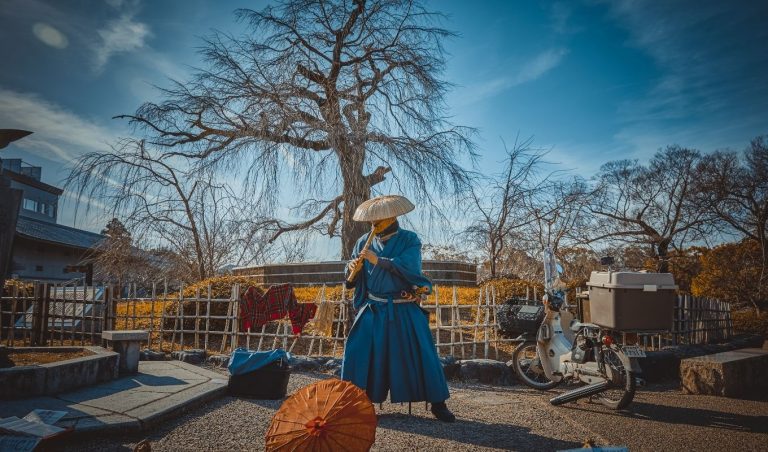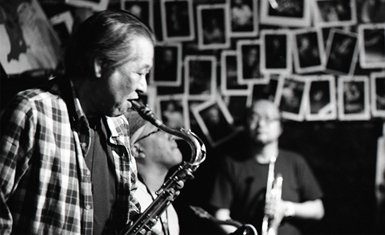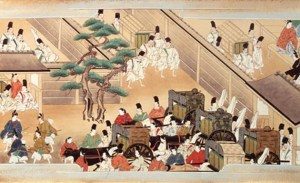Sake is the word with which we know a Japanese alcoholic drink made from rice. However, in Japanese, sake (酒) means “alcohol” and is used to designate any rice-based drink. Japan is a country in which alcohol plays an important role, since it is present in parties, restaurants and izakayas, and in different activities that serve to strengthen social and business ties. There is a wide variety of alcoholic beverages that can be found in Japan. The most important ones are presented below:
Types of Japanese alcoholic beverages
Beer
Beer is the most important alcoholic beverage in Japan. The main brewers are Asahi, Kirin, Suntory and Sapporo. The art of beer making was imported during the Meiji period and began in Hokkaido.
Chuhai チ ュ ー ハ イ
He chuhai is a word that comes from shochu highball, and it is a canned drink consisting of shochu mixed with fruit juices, flavored sodas or other alcoholic beverages. Traditionally it was shochu mixed with carbonated water and a touch of lemon, but there are other variants with vodka, and the juice is substituted with other fruits such as grape, apple, orange, pineapple, kiwi, plum, lychee or peach. It is low in alcohol.
Happōshu 発 泡酒
Literally bubbly alcohol, known as low malt beer, it is a recent brewery invention. It has a similar taste and percentage to beer, but is made with less malt, which gives it a lighter flavor. Also, due to the low malt content it has a different tax, so it is cheaper.
Nihonshu 日本 酒
This drink is what is popularly known as sake. He nihonshu is fermented using rice, water and koji white as the main ingredients. In addition to the major brands, there are local variations. The percentage of alcohol varies from 10 to 20%, and it can be taken hot or cold.
Shin Janru 新 ジ ャ ン ル
Literally “new genre”, it is the most innovative development in the brewing industry. This beer does not contain any malt, and instead uses ferment from other grains such as peas, soybeans or wheat.
Shōchu 焼 酎
He shochu It is an alcohol distillate with percentages of 20 to 40%. It is commonly made from rice, sweet potato, wheat, or sugar cane. It is usually served with water and ice, fruit juice, mineral water, or green tea. He awamori is a version of shochu of Okinawa. It is distuinge because it uses a type of rice that is larger than the Japanese style and koji black from Okinawa.
Umeshu 梅酒
He umeshu It is plum wine, and it contains plum, sugar and nihonshu or shochu. It is sweet, and it tastes similar to juice. It is popular with people who do not normally tolerate the taste of alcohol. It is usually made at home, although it can also be found in alcoholic beverage stores. It can be served on the rocks or mixed with soda.
Etiquette when drinking

When drinking alcoholic beverages, it is customary for one to serve the other instead of serving himself. You must be aware of the glasses of your companions and fill them before they’re empty. Similarly, if someone wants to help you, you should empty your glass, hold it for the other person to serve, and take at least one drink before putting the glass on the table. The same applies to any guest, even if they don’t drink alcohol.
At the beginning of a meal or a party it should be taken until everyone is served and a toast is made, which is usually kanpai (乾杯). Other toasts are accepted, but avoided chin Chin, since in Japanese it is an expression that refers to the male genitalia.
Although it is considered rude to be obviously drunk in some restaurants (such as those in kaiseki ryori), in other places like izakaya This is normal as long as other customers are not disturbed.





